The lustrous blue wings of the California pipevine swallowtail are thought by collectors to be among the most beautiful in North America.
In the early days before urbanization, the magnificent butterfly thrived in the San Francisco and around the Bay Area. Since the early 90s, the pipevine swallowtail began to disappear and it is considered an extremely rare sight today.
However, Tim Wong, an aquatic biologist at the California Academy of Sciences is adamant about bringing the blue wings back, and he’s off to a great start.
Since 2012, Mr Wong is on a lookout to find the pipevine swallowtail’s sole food source, California pipevine, which had vanished in tandem with the butterfly in the capital.
“Finally, I was able to find this plant in the San Francisco Botanical Garden,” Wong explained to Vox.com. “And they allowed me to take a few clippings of the plant.”
Using his knowledge, Wong managed to create a pipevine swallowtail paradise by propagating the plant in his own backyard.
“I built a large screen enclosure to protect the butterflies and to allow them to mate under outdoor environmental conditions — natural sun, airflow, temp fluctuations,” he said.
“The specialized enclosure protects the butterflies from some predators, increases mating opportunities, and serves as a study environment to better understand the criteria female butterflies are looking for in their ideal host plant.”
When he had enough plants ready, Wong, with permission collected 20 caterpillars from a few habitations outside the city and carefully brought them home setting them free in their new feeding and mating grounds.
Approximately six weeks later, the caterpillars transformed into butterflies, and then, the females started laying small red eggs on the pipevine plant stems. Success!
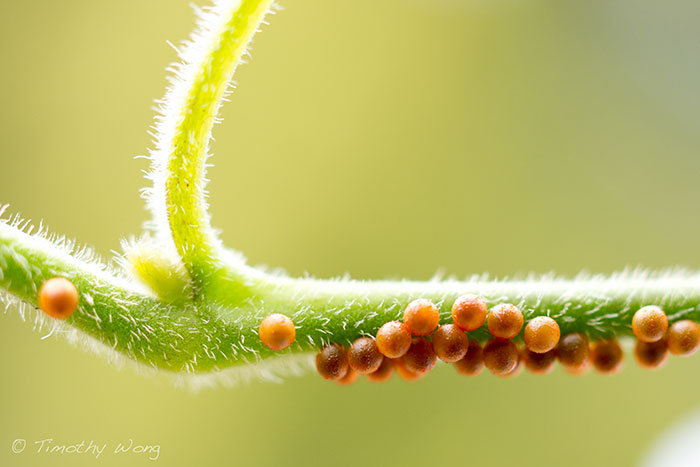
Several generations later, the species began to increase exponentially.
Due to his huge success in numbers, Wong began donating caterpillars to the Botanical Gardens, first by the hundreds, and now he brings them in by the thousands.
Wong credits the success of his mission to the seven years-long journey of building a natural and herbicides/pesticides free California pipevine plants and lots of manual weeding.
“Improving habitat for native fauna is something anyone can do,” Wong says. “Conservation and stewardship can start in your very own backyard.”
This is great!
Source returntonow.com

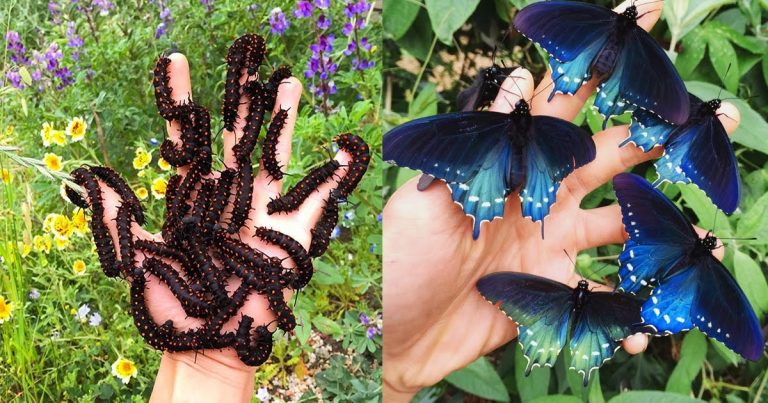
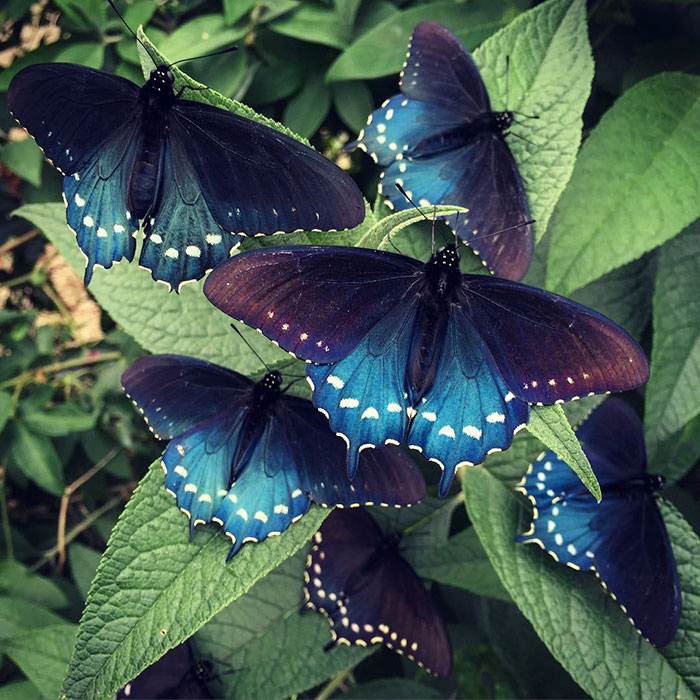
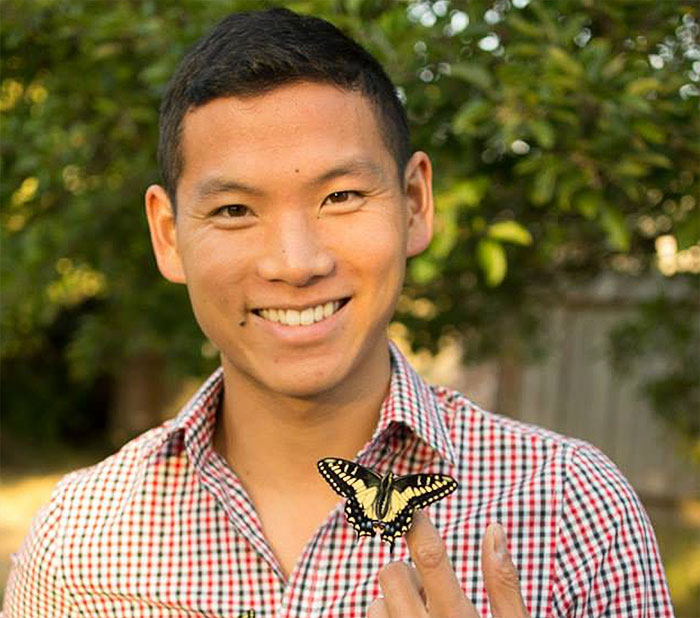
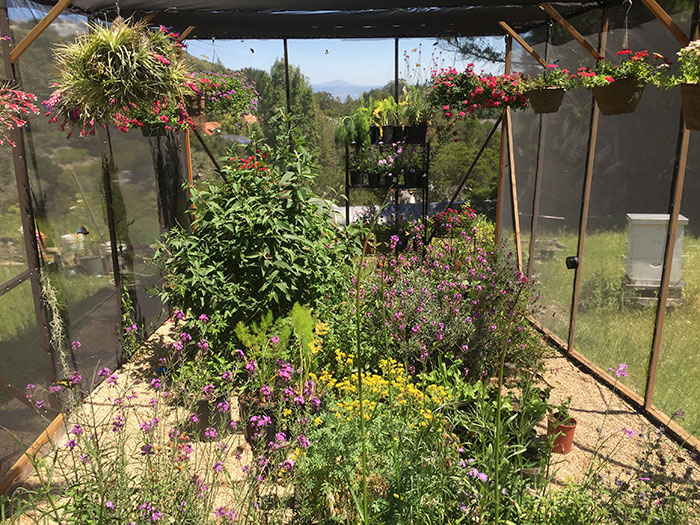
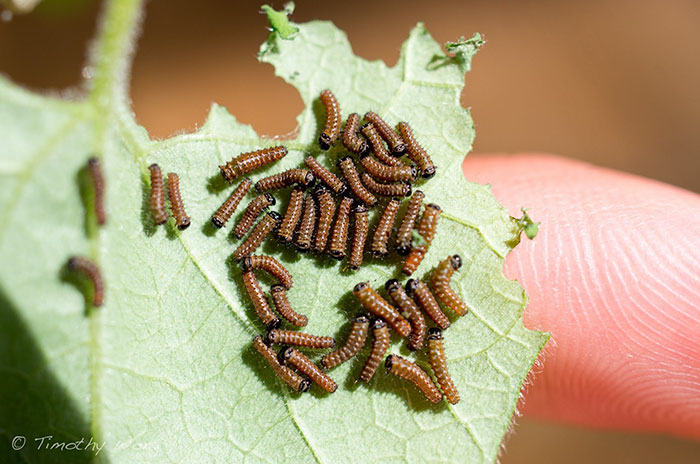

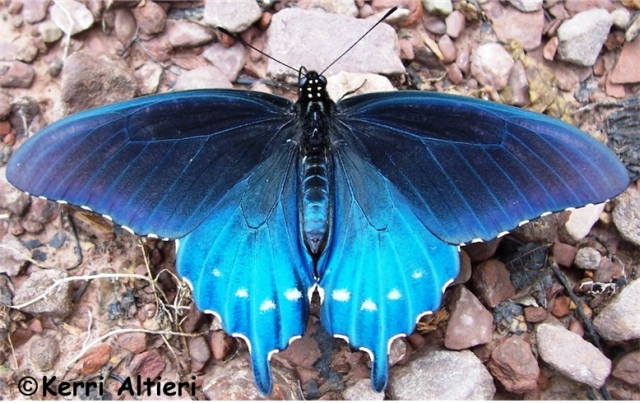
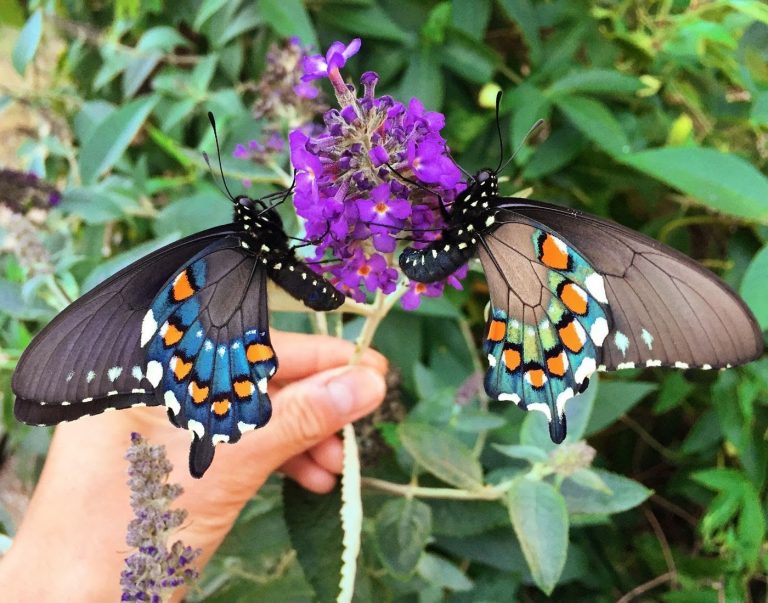
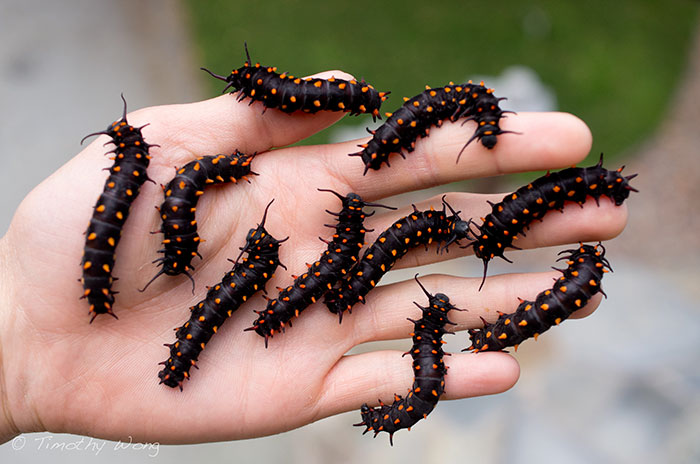

Leave a Reply